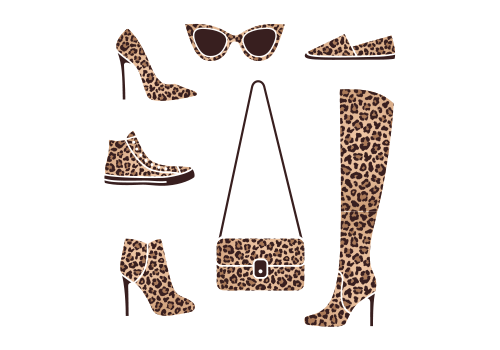
Animal print is associated with a particular animal, such as the fierceness of a tiger or a cheetah. It is believed to make a statement and exude confidence. It expresses the desire to be noticed. These attention-catching prints come in multiple colours and irregular patterns. Its reputation ranges from classic and sophisticated in high fashion to trashy in popular fashion, making it a tricky look to pull off. From cheetah spots to tiger stripes, the patterns of the world's big cats have always stayed in fashion, no matter what time of the year. This animal motif is easily found on scarves, blazers, blouses and accessories. Fascinating, isn’t it?